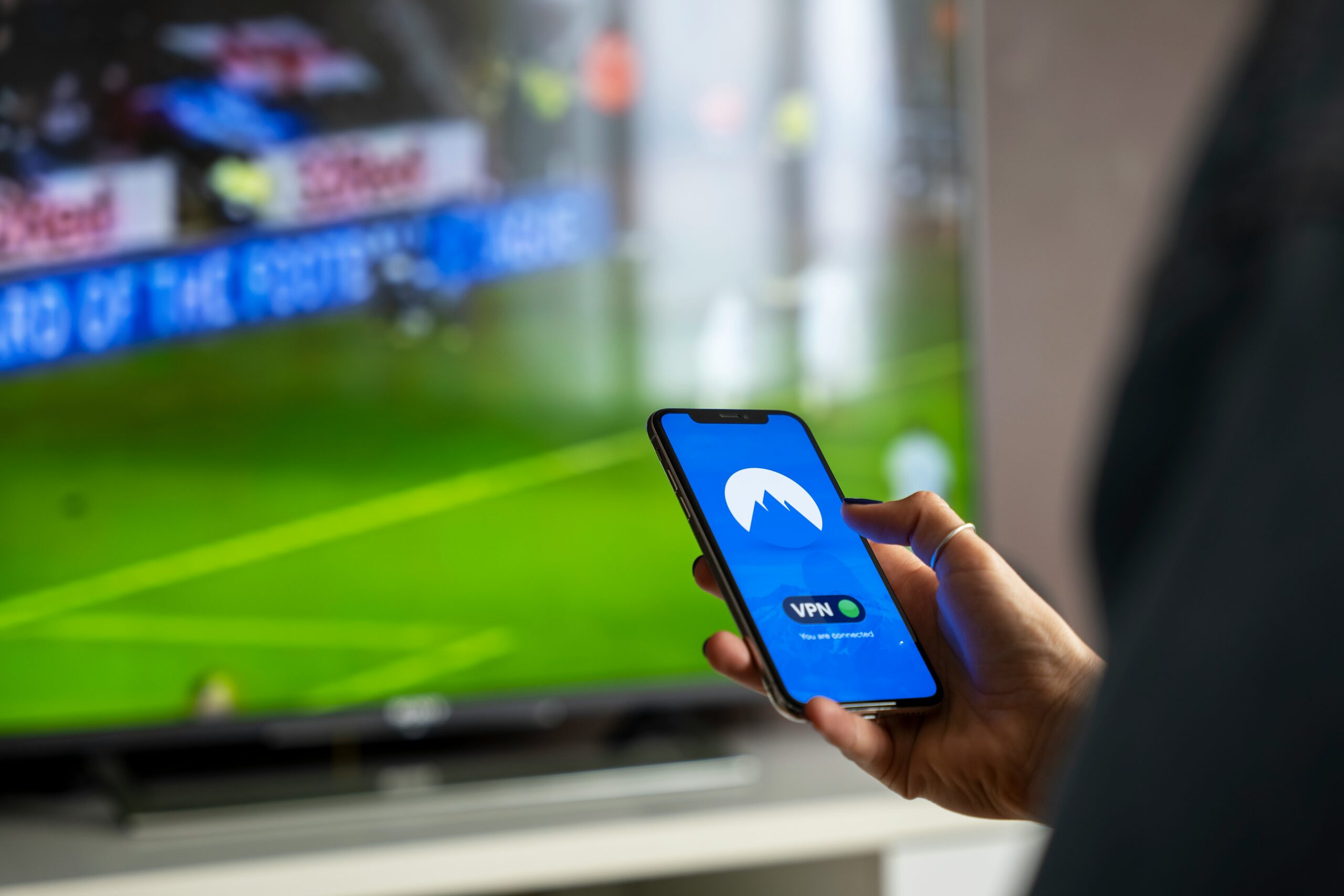Sports websites and apps have become increasingly popular among sports enthusiasts and fans worldwide. Whether it’s keeping up with live scores, watching highlights, or getting the latest news, these platforms play a crucial role in delivering an immersive and engaging experience. However, designing user-friendly interfaces and seamless user experiences for sports websites and apps come with their fair share of challenges. In this article, we will explore some of these challenges and provide effective solutions to overcome them.
1. Information Overload:
Sports websites and apps often have a vast amount of data and information to present to users. From match schedules to player stats, it can be overwhelming for users to find what they are looking for. To tackle this challenge, designers should focus on organizing the information in a structured and intuitive manner.
One solution is to prioritize the most relevant information and present it prominently. Utilize clear headings, subheadings, and visual cues to guide users through the content. Implementing filters and search functionalities can also help users quickly find specific information they are interested in.
2. Responsive Design:
With the increasing use of mobile devices, it is essential to ensure that sports websites and apps are responsive and optimized for different screen sizes. Designers should adopt a mobile-first approach, considering the limitations and unique aspects of mobile devices.
Implementing responsive design techniques, such as fluid layouts and scalable images, can ensure that the content adapts seamlessly to different screen sizes. It is also important to prioritize the most critical information and features for mobile users, as their needs may differ from desktop users.
3. Real-time Updates:
One of the key expectations of sports enthusiasts is to receive real-time updates on scores, match events, and news. Designing a UI/UX that delivers these updates promptly and accurately is crucial.
Integrating push notifications and live updates can be a solution to keep users informed. However, it is important to strike a balance between providing timely updates and not overwhelming users with excessive notifications. Users should have the ability to customize their notification preferences to receive updates for their favorite teams or specific events.
4. Engaging Visuals:
Sports evoke strong emotions, and incorporating engaging visuals can enhance the overall user experience. Designers should leverage high-quality images, videos, and animations to captivate users and create an immersive environment.
However, it is important to optimize the visuals for performance, ensuring that they do not slow down the website or app. Compressing images and using lazy loading techniques can help maintain a smooth and fast user experience.
5. Intuitive Navigation:
Navigating through sports websites and apps can be complex, especially when there is a vast amount of content and multiple sections to explore. Designers should aim for intuitive navigation that allows users to find what they need quickly and effortlessly.
Implementing a clear and consistent menu structure, along with breadcrumbs and contextual links, can help users navigate through different sections. Providing a search bar that delivers relevant results can also be beneficial for users looking for specific information.
6. Personalization:
Sports fans have unique preferences and interests, and tailoring the experience to their individual needs can greatly enhance user satisfaction. Designers should incorporate personalization features that allow users to customize their experience.
Options like selecting favorite teams, players, or leagues can help deliver personalized content and recommendations. Providing personalized notifications and alerts based on user preferences can also create a more engaging and relevant experience.
In conclusion, designing user-friendly interfaces and seamless user experiences for sports websites and apps require overcoming various challenges. By organizing information effectively, adopting responsive design, providing real-time updates, incorporating engaging visuals, ensuring intuitive navigation, and offering personalization options, designers can create compelling experiences that keep sports enthusiasts coming back for more.
So, let the games begin, and may your UI/UX design score a winning goal!







Leave a Reply